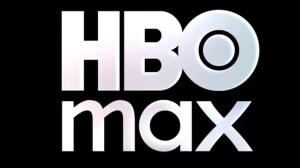Only a handful of people have as many shows on streaming services as Seth Rogen. The Boys, Invincible, and Pam & Tommy, are just a few of the titles he’s brought to the screen that can be seen on Amazon Prime Video and Hulu, but just because he’s helped create some of their biggest shows doesn’t mean he’s being exactly how popular they are. Speaking with Variety on the red carpet for Apple TV+’s Platonic, another streaming original, Rogen roasted all of the various streaming companies in Hollywood by not being forthright with the viewership of their shows.
Videos by ComicBook.com
“I’m personally distressed by not having any sense of how successful these shows and movies we make for streaming services are,” Rogen said. “The secretiveness only makes me think that they’re making way more money off of all of us than they want to share with anybody. These executives are making insane salaries that you would only make if you are running an incredibly profitable business.”
Rogen’s comments largely reflect one of the biggest sticking points in the Writer’s Guild of America’s new strike. One of the many items they’re attempting to negotiate is a renewed deal on residuals for streaming TV shows, something that when the last strike occurred in 2007/08 wasn’t being considered at all. As a result, writers that pen shows for streaming platforms end up getting pennies, or nothing, in residual checks for that work; whereas writers that previously wrote episodes of shows that remain syndicated on cable are still cashing in from that.
It seems impossible to imagine that Rogen and his collaborators aren’t being paid well for something like The Boys, which has been a big enough success for Prime Video that it’s just wrapped season four and already has two spinoff shows. But a lack of transparency with regard to the actual streaming numbers for shows and movies is something that has been talked about by almost everyone, even fans.
Netflix publishes a weekly list of viewership numbers, but their accuracy isn’t clear at all times, while others include a Top 10 on their platform that show what people are watching. As media companies and streamers continue to hemorrhage subscribers and draw raised eyebrows from investors, the debate about how many people are actually watching these shows (and who isn’t getting their fair share) will only grow.








